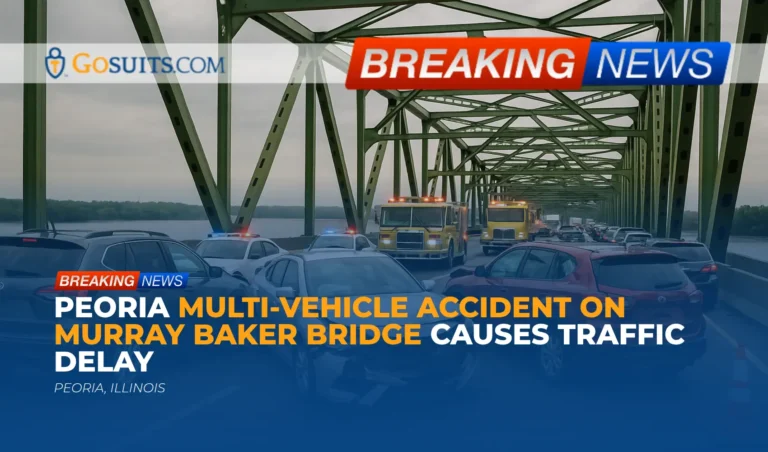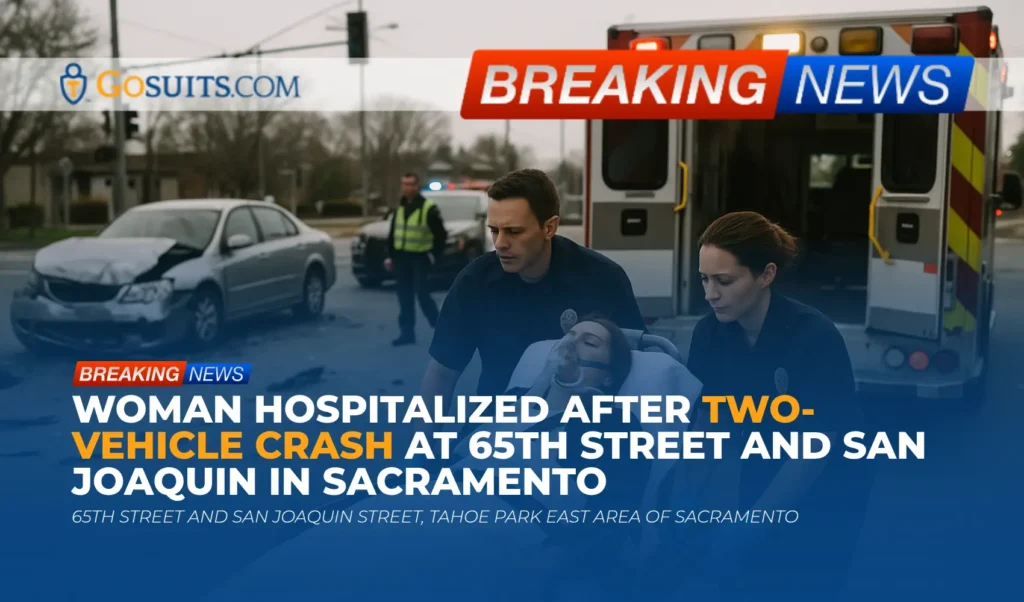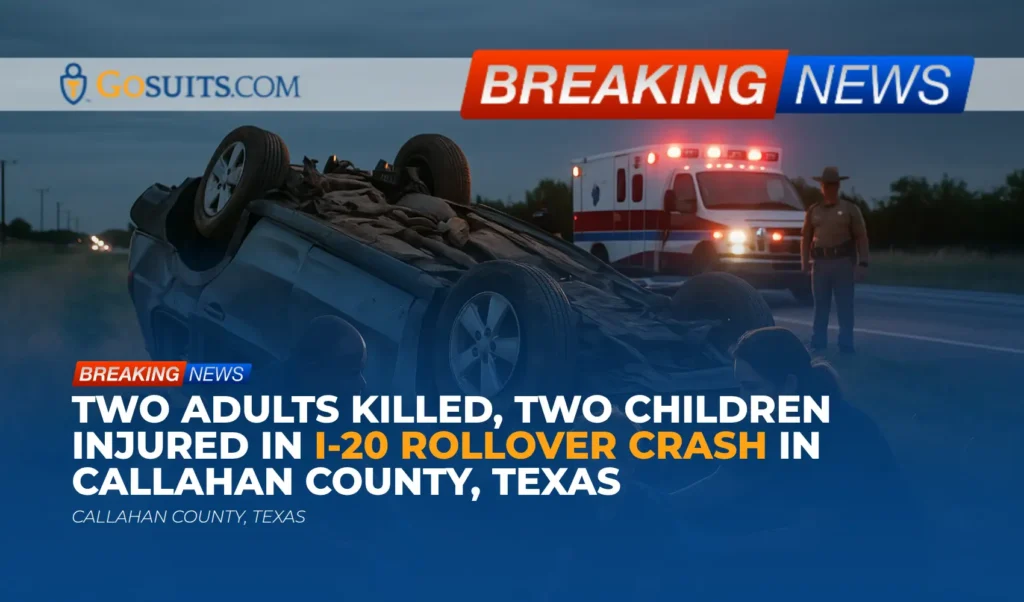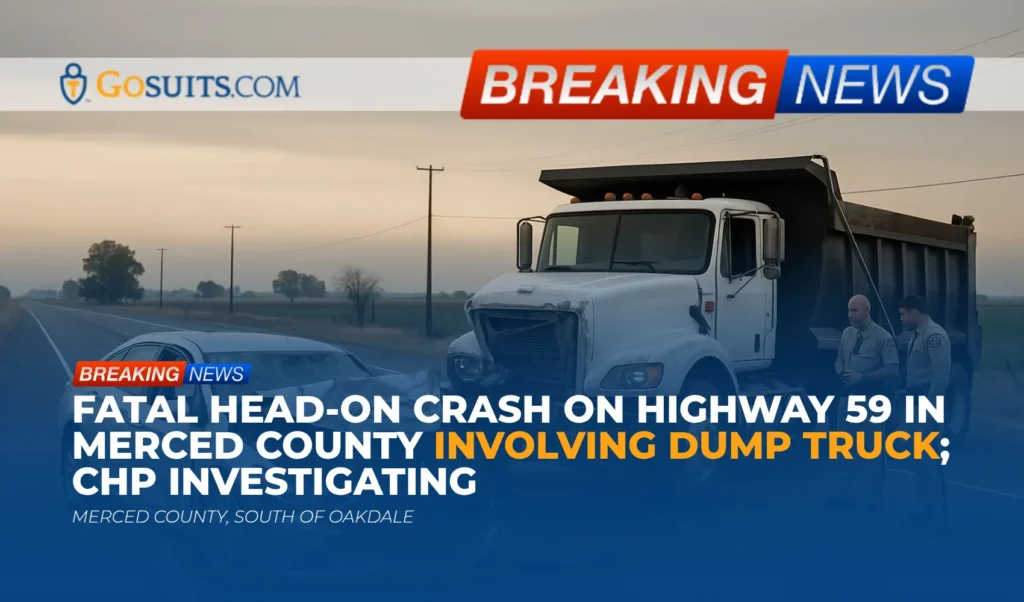A multi-vehicle accident on the Murray Baker Bridge in Peoria, Illinois, caused a temporary disruption to traffic flow on Wednesday, June 18, 2025. According to reports, the incident occurred in the eastbound lanes of the bridge, prompting a response from the Illinois State Police. Fortunately, initial reports indicate that no injuries were sustained as a result of the collision.
Incident Details
The Illinois State Police received a call regarding the multi-vehicle crash at approximately 2:15 p.m. on Wednesday. The collision occurred in the eastbound lanes of the Murray Baker Bridge, a major transportation artery in the Peoria area. Emergency responders and law enforcement officials quickly arrived at the scene to assess the situation and manage traffic flow.
Authorities were able to reopen all lanes of the bridge approximately 20 minutes after the initial report, mitigating further traffic congestion and delays for commuters. The cause of the accident is currently under investigation by the Illinois State Police.
Understanding Multi-Vehicle Accidents
Multi-vehicle accidents, sometimes referred to as pile-ups, can be complex events involving numerous vehicles and a variety of contributing factors. These incidents often occur due to a combination of circumstances, such as:
- Distracted Driving: Drivers who are texting, talking on the phone, or otherwise distracted may fail to react in time to changing traffic conditions, leading to collisions.
- Following Too Closely: Maintaining a safe following distance is crucial for preventing rear-end collisions, which can easily escalate into multi-vehicle accidents.
- Speeding: Exceeding the posted speed limit or driving too fast for conditions reduces a driver’s reaction time and increases the risk of accidents.
- Inclement Weather: Rain, snow, fog, and other weather conditions can reduce visibility and make roads slippery, increasing the likelihood of collisions.
- Mechanical Failure: Vehicle malfunctions, such as brake failure or tire blowouts, can cause drivers to lose control and contribute to accidents.
- Road Hazards: Potholes, debris, or other road hazards can create dangerous driving conditions and increase the risk of accidents.

Legal Considerations in Multi-Vehicle Accidents
Multi-vehicle accidents can present unique challenges when it comes to determining liability and pursuing personal injury claims. Due to the involvement of multiple parties and the potential for complex accident dynamics, it is crucial to understand the legal aspects of these incidents.
- Establishing Negligence: In personal injury cases, negligence is a key factor in determining liability. Negligence refers to a driver’s failure to exercise reasonable care, resulting in harm to others. In multi-vehicle accidents, multiple drivers may be found negligent, and their respective degrees of fault may need to be assessed.
- Comparative Negligence: Many states, including Illinois, follow the principle of comparative negligence. This means that a person injured in an accident may still be able to recover damages even if they were partially at fault, as long as their percentage of fault is below a certain threshold. However, the amount of damages they can recover may be reduced in proportion to their degree of fault.
- Investigating the Accident: A thorough investigation is essential for determining the cause of a multi-vehicle accident and identifying all responsible parties. This may involve gathering evidence such as police reports, witness statements, photographs, and vehicle damage assessments. Accident reconstruction experts may also be consulted to analyze the accident dynamics and determine the sequence of events.
- Insurance Coverage: Multi-vehicle accidents often involve multiple insurance policies, which can complicate the claims process. It is important to understand the different types of insurance coverage that may be applicable, such as liability coverage, uninsured/underinsured motorist coverage, and medical payments coverage.
Potential Injuries in Car Accidents
Even in accidents where no serious injuries are immediately apparent, it’s crucial to be aware of the potential for delayed symptoms. The adrenaline and shock following a collision can mask pain and other indicators of injury. Common injuries resulting from car accidents, including multi-vehicle collisions, can range in severity and may include:
- Whiplash: This neck injury occurs when the head is suddenly forced forward and then backward, straining the muscles and ligaments in the neck. Symptoms may include neck pain, stiffness, headaches, and dizziness.
- Concussions: A concussion is a traumatic brain injury caused by a blow to the head or a sudden jolt. Symptoms can include headache, confusion, memory problems, and loss of consciousness.
- Fractures: Broken bones are common in car accidents, particularly fractures of the arms, legs, ribs, and collarbone.
- Soft Tissue Injuries: Injuries to muscles, ligaments, and tendons can cause pain, swelling, and limited range of motion.
- Back Injuries: Car accidents can cause a variety of back injuries, including strains, sprains, herniated discs, and spinal fractures.
- Internal Injuries: Internal organ damage can be life-threatening and may not be immediately apparent.
- Psychological Trauma: The emotional impact of a car accident can be significant, leading to anxiety, depression, and post-traumatic stress disorder (PTSD).
It is essential to seek medical attention after any car accident, even if you feel fine. A medical professional can assess your condition and identify any injuries that may require treatment. Early diagnosis and treatment can improve your chances of a full recovery.

Commentary from Gosuits Peoria, Illinois Personal Injury Attorney
Multi-vehicle collisions, such as the one that occurred on the Murray Baker Bridge, can be particularly challenging from a legal perspective. Determining fault in these accidents often requires a thorough investigation, including a review of police reports, witness statements, and potentially accident reconstruction analysis. Illinois operates under a modified comparative negligence system, meaning that an injured party can recover damages as long as they are not more than 50% at fault for the accident. However, the amount of damages they can recover will be reduced by their percentage of fault. Given the complexities of these cases, it is crucial to consult with a seasoned personal injury attorney to understand your rights and options.






